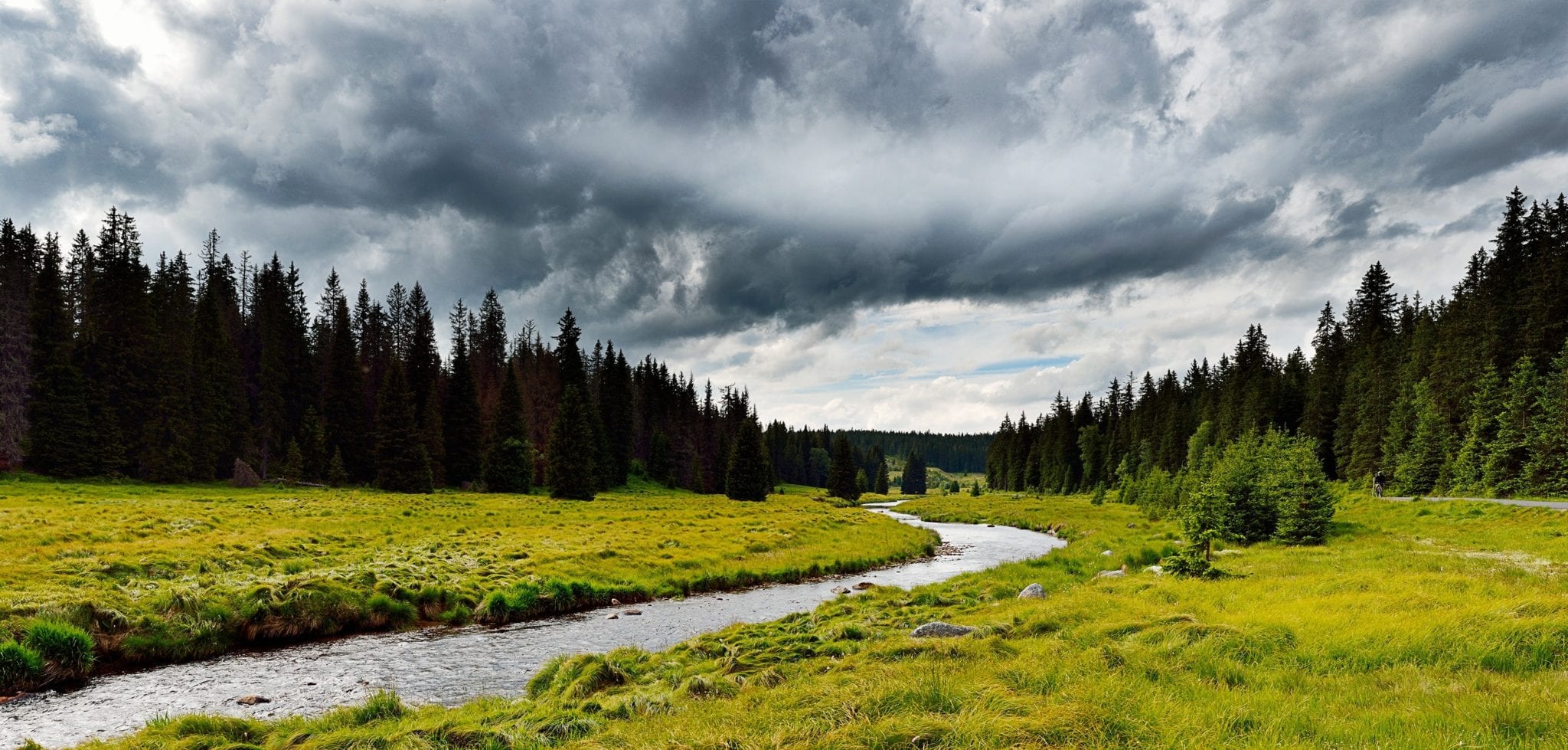Maintaining habitats is crucial to protecting native wildlife. Submar’s articulating concrete revetment mats allow vegetation and increase biodiversity while protecting oil and gas assets.
According to the Federal Emergency Management Agency (FEMA), the coastlines of the United States lose one to four feet every year because of erosion. This also translates into economic costs and the loss of habitats in our ecosystem.
The Cause of Erosion
Urban development is one of the leading causes of erosion to date. When we build roads and sidewalks, we are effectively replacing and disrupting the habitats of the animals that would have lived there and ridding the area of vegetation that is crucial to reducing the effects of erosion.
Without the vegetation and ground cover to slow the rate of water, the soil is eroded, and parts of the ecosystem are subsequently damaged because of the erosion and the overflow from nearby banks.
The Effects of Erosion
After the topsoil is eroded because of the loss of vegetation, the next layer that will be eroded is the seed bank within the soil. Losing these top layers of soils can also effectively introduce toxins and pesticides to nearby water sources along with other contaminants that were released when the soil was disturbed.
The Impact Erosion Has on the Ecosystem
When these sediments and other toxins and pollutants are introduced into the waterways, there are consequences for our aquatic resources. Filter feeders will be impeded because the water is contaminated and no longer clear, and this can eliminate the bottom compound of the food chain.
Additionally, erosion can lead to flooding because of the loss of surface cover and increased costs.
Preventing the Effects of Erosion
To prevent these effects of erosion, we should practice diligence when it comes to maintaining and caring for habitats and surface cover vegetation. The soil needs to remain intact to ensure that the waterways and shorelines also stay intact.


